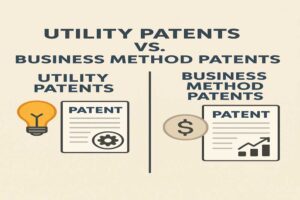Finance
The origin of the word Finance comes from the two latin words Finer which means carry out y Ansa which means solution. Financiación therefore means finding solutions to carry out.
In the very idea of the word, there is the notion of present or future.
Economy
L’Économie est donc l’étude de la répercussion.
The origin of the word Economy comes from the two Greek words Eckos which means repercussion and Nomia which means Study. The Economy is thus the study of the repercussion.
In the very idea of the word, there is the notion of the past, in order for a repercussion to exist, something must have happened before.
Currency
The origin of the word Money comes from the name of the Roman goddess Juno Moneta, because it was in the dependencies of its temple that the Romans had set up a workshop to strike the pennies of the Empire.
El Currency is defined essentially as a commodity of exchange and therefore has no value of use, unlike a consumer good. It solves a problem of synchronicity of the need.







